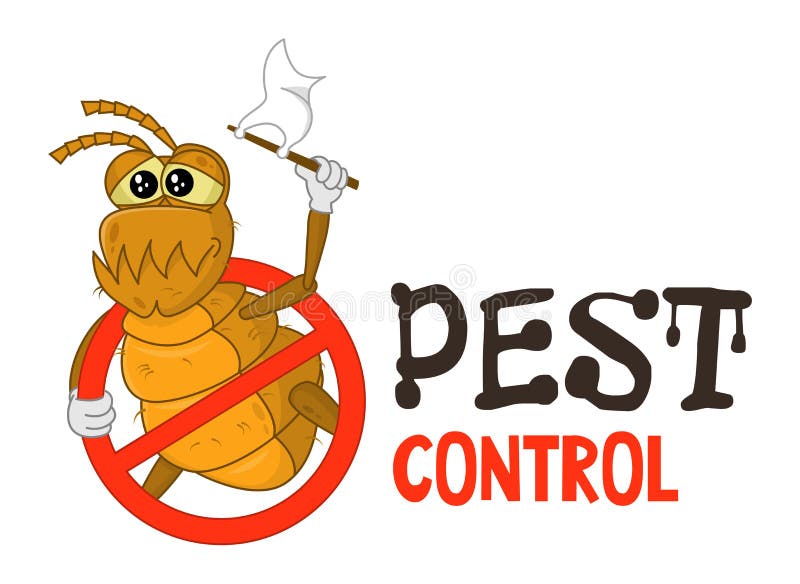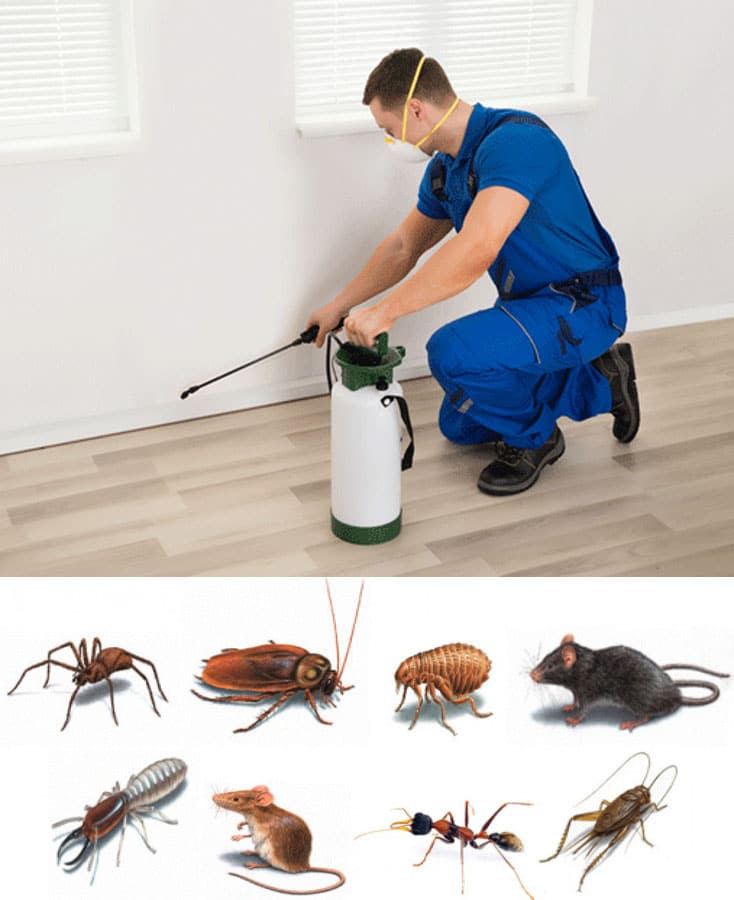Safe and Dependable Bug Control for Lasting Defense
Reliable insect monitoring requires a diverse technique that stabilizes eco-friendly integrity with the need for effective parasite suppression. The nuances of these techniques might not be instantly clear, prompting a closer exam of the techniques that can lead to sustainable parasite control outcomes.
Comprehending Pest Control Techniques
Insect control includes a range of techniques focused on managing and eradicating undesirable bugs and rats that can threaten both health and property. Comprehending these techniques is critical for efficient insect administration.
The key groups of parasite control methods consist of mechanical, organic, and chemical strategies. Mechanical techniques involve physical obstacles and catches to avoid bug entrance and capture undesirable types. Making use of displays on home windows or using sticky traps can substantially lower parasite populations without presenting unsafe compounds - exterminator coquitlam.

Chemical parasite control is often the most recognized approach, using chemicals to get rid of parasites. These chemicals can be efficient yet must be utilized with caution to prevent negative impacts on non-target species and the environment.
Benefits of Eco-Friendly Solutions
Just how can environment-friendly solutions transform parasite control methods? The fostering of green pest control methods uses countless advantages, dramatically enhancing the performance and safety and security of pest monitoring.

An additional advantage is the favorable influence on local biodiversity. Green remedies are created to target details insects while protecting beneficial pests and wildlife, promoting a well balanced environment. This method straightens with the growing consumer demand for sustainable methods, boosting the reputation of parasite control suppliers.
Integrated Insect Administration Methods
The application of eco-friendly options naturally causes the fostering of Integrated Pest Monitoring (IPM) strategies, which better enhance bug control effectiveness. IPM is an alternative method that incorporates multiple tactics to take care of parasite populaces while lessening environmental influence. This approach highlights the use of organic, social, mechanical, and chemical controls, making certain a lasting and well balanced method of pest monitoring.
One basic aspect of IPM is the comprehensive evaluation of parasite activity and environmental conditions. By keeping track of pest populations and identifying their life process, specialists can carry out targeted interventions that disrupt the insect's environment or lifecycle, minimizing dependence on chemical pesticides. Furthermore, cultural techniques such as crop turning and environment manipulation can substantially diminish pest establishment and reproduction.
Another vital part is using organic control agents, such as advantageous bugs or microbes, which can naturally subdue bug populations. When chemical applications are required, IPM prioritizes using low-risk chemicals recommended you read and uses them precisely, lessening direct exposure to non-target microorganisms and human beings.
Integrating IPM best site strategies not only enhances parasite control effectiveness yet also promotes a more secure community, aligning with the expanding demand for lasting practices in bug monitoring.
Safe Practices for House Owners
Recognizing the relevance of risk-free techniques in parasite control can encourage homeowners to effectively take care of parasite problems while securing their wellness and the environment. Carrying out safe approaches and precautionary steps is crucial in reducing direct exposure to harmful chemicals.
Homeowners should initially evaluate their environment for problems that attract bugs, such as standing water, clutter, and food waste. Frequently cleaning and sealing entrance points can hinder bugs from getting into the home. Making use of natural deterrents, such as crucial oils or diatomaceous planet, can supply reliable choices to chemical pesticides.
When chemical therapies are required, home owners must decide for items that are specifically classified as risk-free for domestic usage. It is vital to adhere to application guidelines diligently to avoid too much exposure. Using targeted therapies in areas where bugs are recognized, rather than covering spraying, can considerably minimize chemical usage.
Lastly, maintaining open communication with pest control specialists is vital. House owners should ask about the security of items made use of and demand environmentally friendly options whenever possible. By embracing these secure methods, home owners can produce a healthier living setting while properly handling pest problems.

Tips for Long-Term Protection
Establishing an insect management strategy that highlights long-lasting defense can significantly enhance the effectiveness of the risk-free methods previously reviewed. To achieve this, house owners must carry out regular assessments of their home, concentrating on concealed areas such as attic rooms, cellars, and crawl rooms. Early detection of bug activity is important in preventing problems from holding.
Additionally, keeping a tidy atmosphere is crucial. This includes appropriate food storage space, without delay cleaning up spills, and regularly disposing of waste. These methods decrease attractants that attract pests right into the home. Sealing entrance points, such as cracks around home windows and doors, can successfully block possible bug gain access to.
Landscape design must you can try this out also be thought about; keeping plants trimmed and keeping a distance in between plants and the home lessens concealing places for bugs. Utilizing all-natural deterrents, such as vital oils or diatomaceous earth, can further inhibit invasions without considering extreme chemicals.
Lastly, collaborating with a specialist parasite control solution for periodic analyses can supply an added layer of safety. These experts can supply tailored recommendations and progressed treatments, ensuring that your home stays shielded against parasites in the long term.
Verdict
Finally, risk-free and dependable pest control calls for a multifaceted strategy that emphasizes environment-friendly methods and integrated insect monitoring. By executing all-natural deterrents, conducting normal evaluations, and keeping correct sanitation, homeowner can significantly reduce parasite populations while safeguarding helpful insects and the setting. Collaboration with specialist parasite control services enhances the effectiveness of these methods, guaranteeing tailored remedies that provide enduring protection and assurance versus future problems.
Reliable insect administration needs a multifaceted strategy that stabilizes environmental integrity with the demand for reliable bug reductions. The fostering of environmentally friendly bug control approaches supplies many benefits, considerably enhancing the effectiveness and safety of pest management.The implementation of green remedies normally leads to the fostering of Integrated Insect Administration (IPM) techniques, which even more enhance insect control efficacy. exterminator coquitlam. By keeping track of pest populaces and determining their life cycles, professionals can execute targeted treatments that interfere with the bug's environment or lifecycle, decreasing reliance on chemical pesticides.In verdict, risk-free and reputable insect control calls for a diverse approach that highlights green methods and integrated insect management